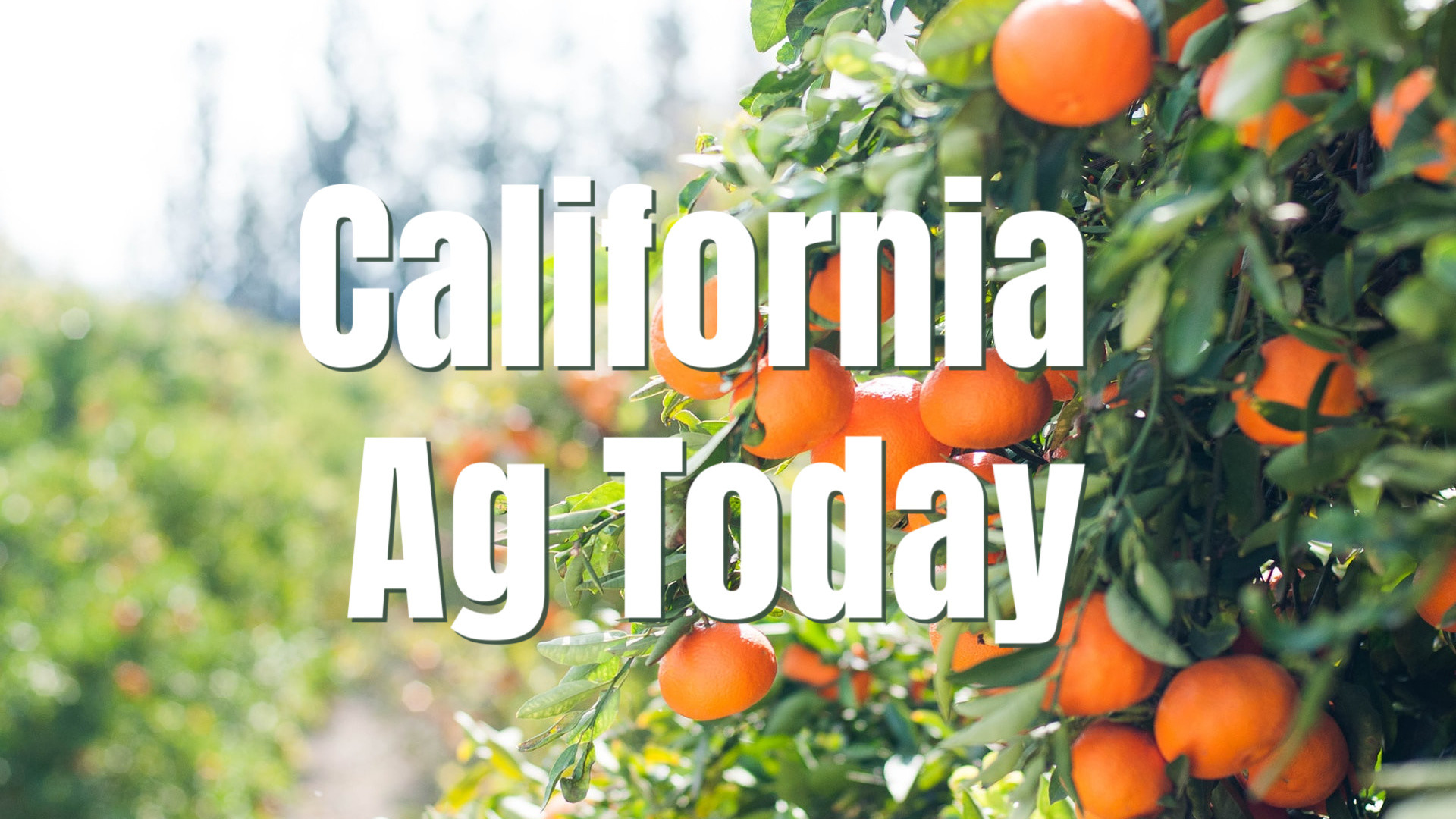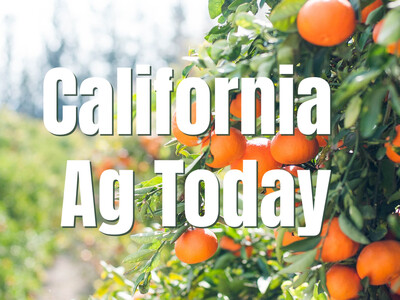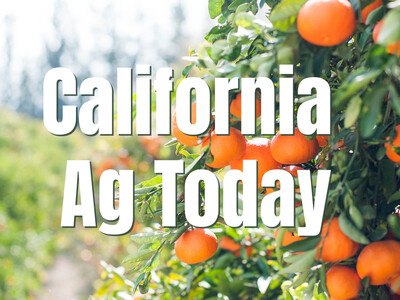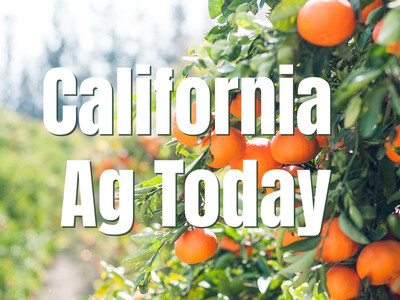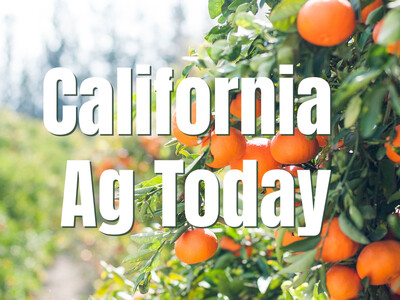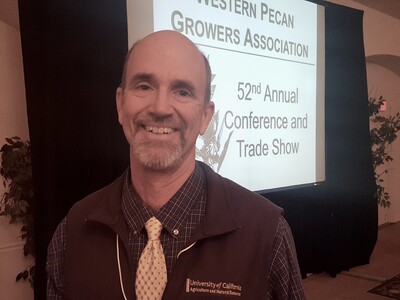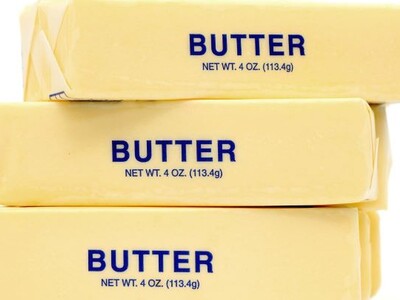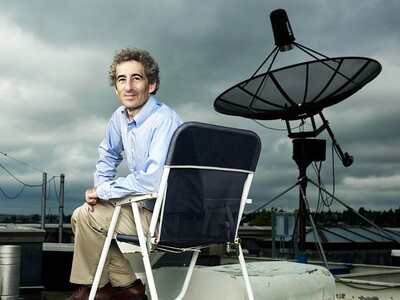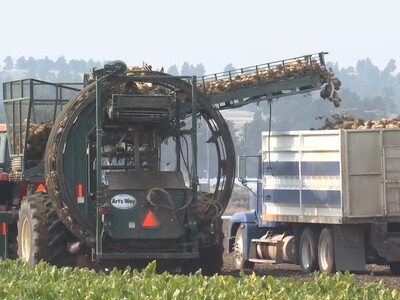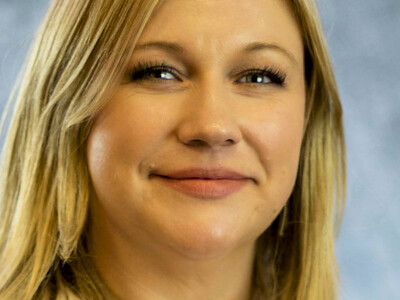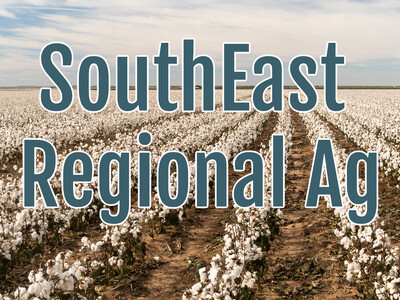Long Term Solutions for Smoke-Affected Vineyards

Tim Hammerich
News Reporter
The fires of this past year have prompted many in the winegrape industry to rethink how they want to handle smoke-affected vineyards. Glenn Proctor is a partner at the Ciatti Company, which brokers wine and grapes based in Navato.
Proctor… “We can't afford to go through 2020 again. We need to be better organized in terms of how we do it. And everybody got bruised. I mean, it was a tough year just because of the unknowns and what it meant. So we are seeing things go in place like analysis of baseline numbers. Because we really don't know what kind of compounds are going to be in the grapes in a year when there's no fires. We haven't measured that. So let's say we see Guaiacol at some level when there's a fire. Well, we really don't have the numbers that say there was no fire this year, what is the level it's naturally at? We just don't have some of that data.”
Proctor says growers and wineries need to work together to come up with solutions that are both fair and equitable.
Proctor… “The winner in this should not be who has the thickest contract or the biggest clause on smoke, whether grower or winery. I think we need to try to work together on this. Fires are probably going to happen again. Now, you know, for a while there in 2015, I'm like, Oh no, this is just a one in 20 year event. Sure doesn't look like that's the case. So I think we're going to have to adjust expectations.”
Proctors is hopeful that buyers and suppliers will find solutions that will maintain their interdependent working relationships.


